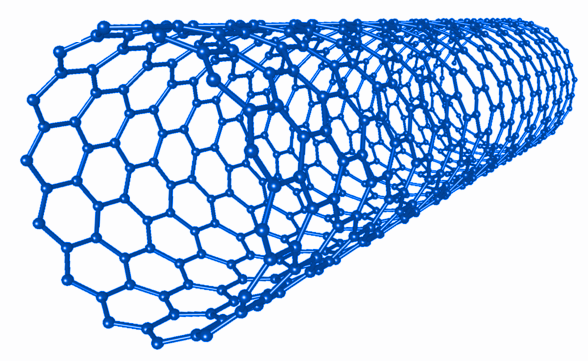
Nanomaterials possess outstanding mechanical, thermal, and electrical properties at a scale that is a thousand times smaller than a human hair. However, an important challenge remains – how can these exceptional properties be translated to larger systems, such as ships or deep sea oil rigs?
Nature has developed a number of ingenious solutions to complex problems, notably designing structures across length scales.
Bones, for example, exhibit a rich hierarchical structure with mineral particles at the nanoscale and collagen fibres at the microscale – a thousand times bigger.
Similarly, wood is composed of cellulose nanoparticles that form cellulose microfibrils: the result is the cellular wall structure of trees.
These examples from nature show that despite the use of relatively weak materials, the system obtained as a whole is consistently more superior than the sum of its parts.
It has finally become conceivable, with the recent developments in the synthesis of nanomaterials – and more specifically carbon nanotubes (CNTs), resulting in an increased production – to pursue nature’s hierarchical strategy and manufacture novel architecture combining high performance nano- and micro-reinforcements.
These structures, also referred to as “hierarchical composites”, can address many of the current limitations with existing state-of-the-art composite material, including catastrophic failure and poor barrier against fire propagation.
The hierarchical composites possess numerous functionalities in addition to superior mechanical properties.
These include internal crack detection, such as the ability to monitor the occurrence of fractures in the material prior to ultimate failure; improved fire retardancy via the formation of an insulating (charring) CNT layer that hinders the diffusion of oxygen; and enhanced resistance to lightning strike as the network of CNTs allows for a dissipation of energy.
This project will focus on novel, manmade, multiscale architecture which is considered a route to produce next-generation, cutting edge hierarchical composite material with physical properties tailored for specific applications to help improve safety and structural resilience.